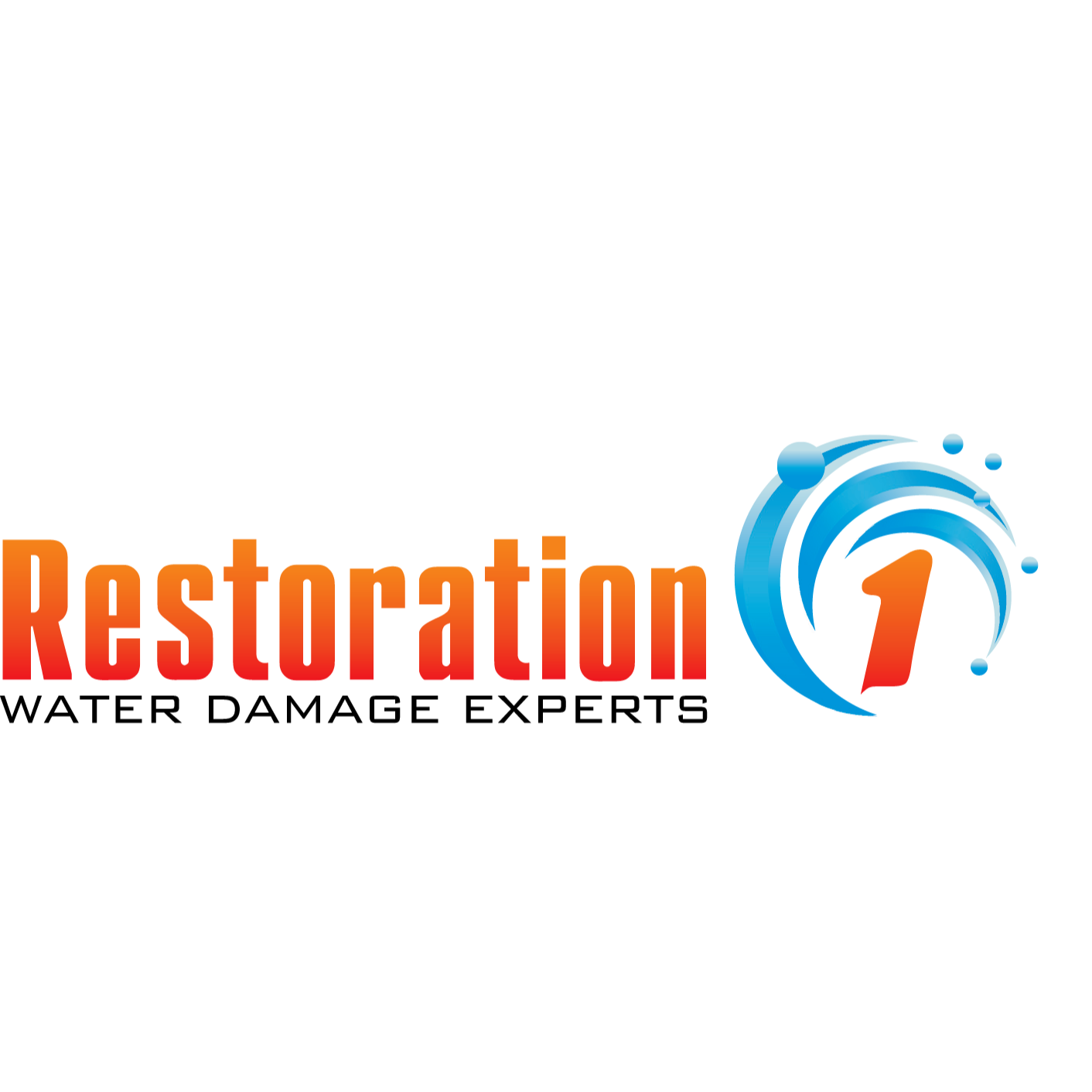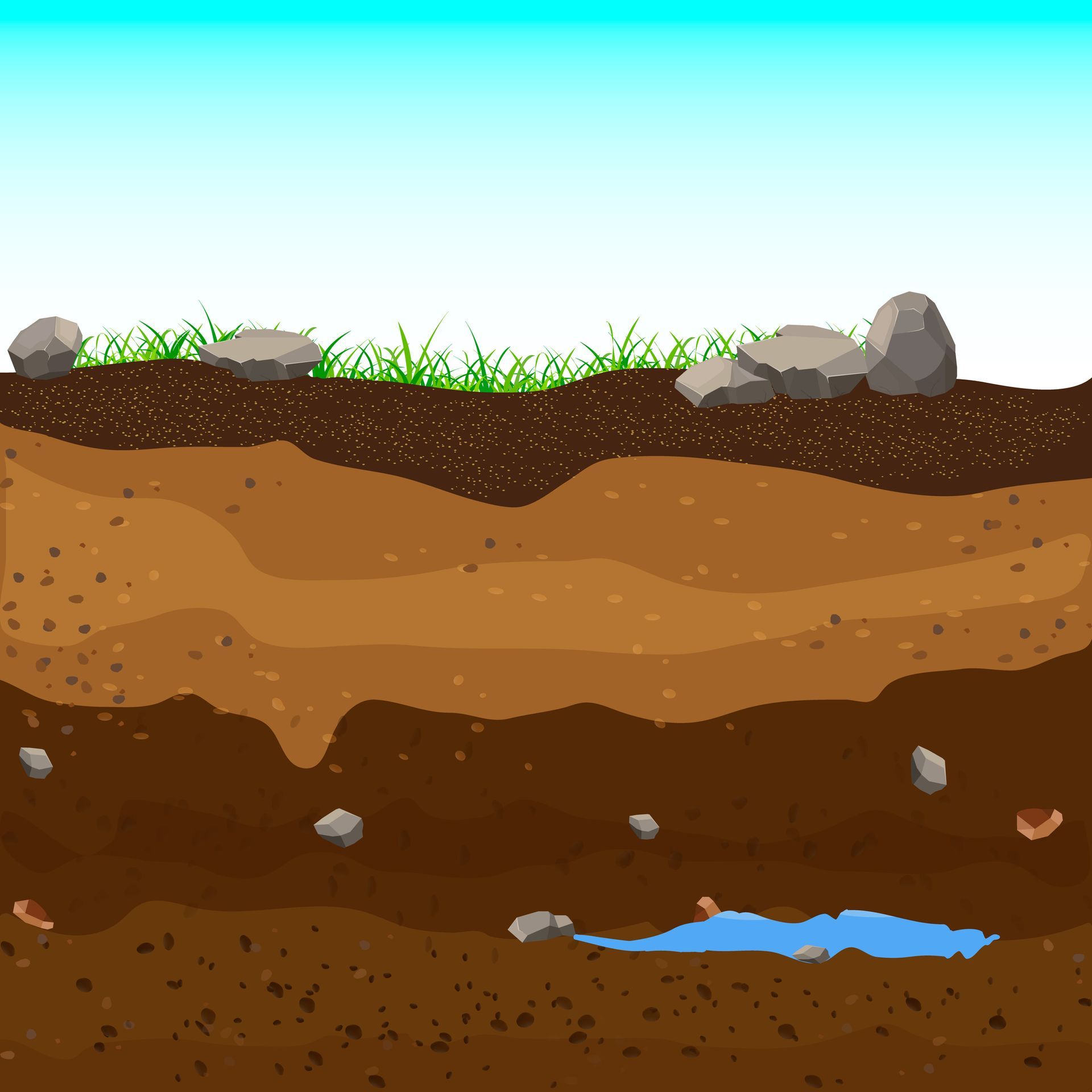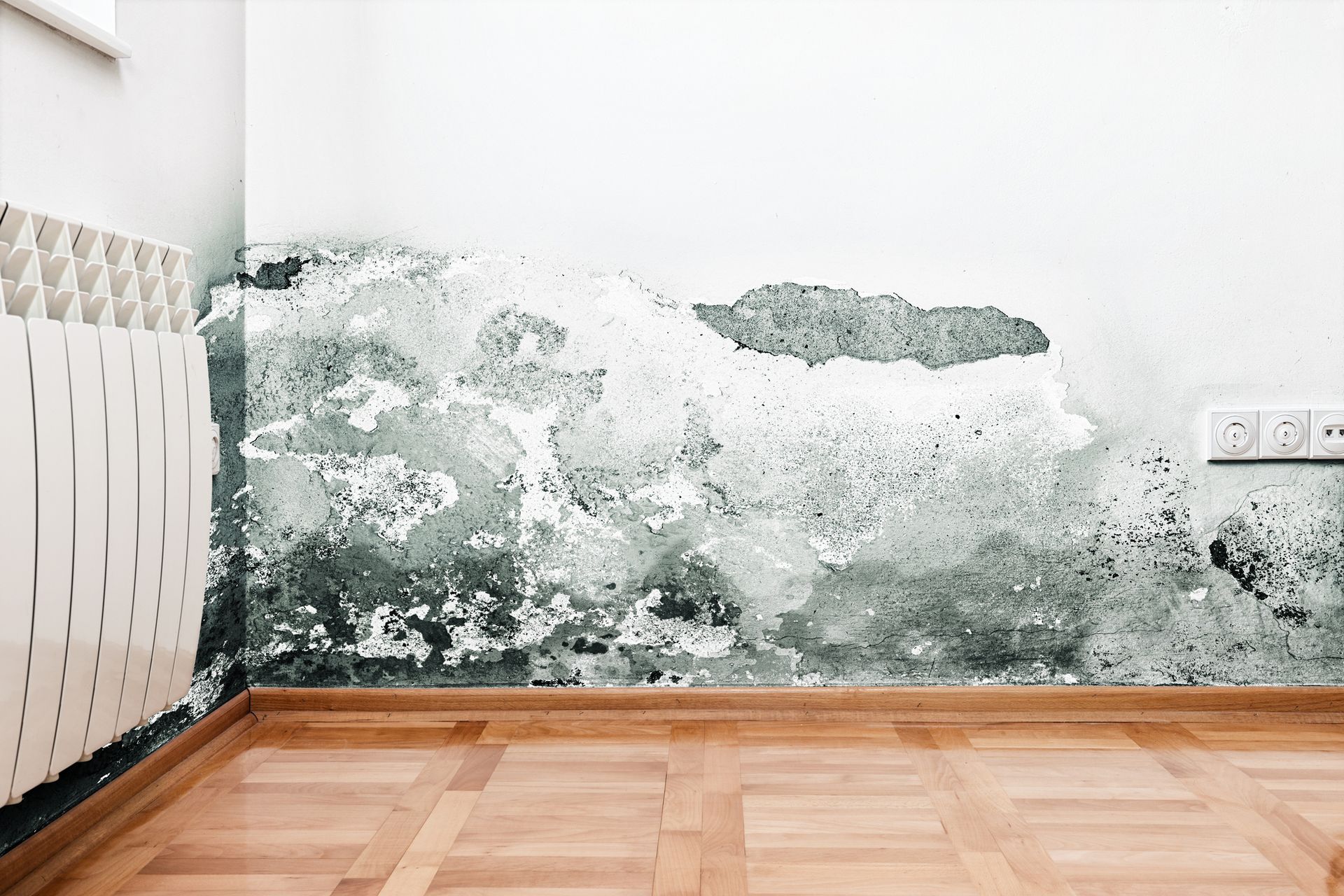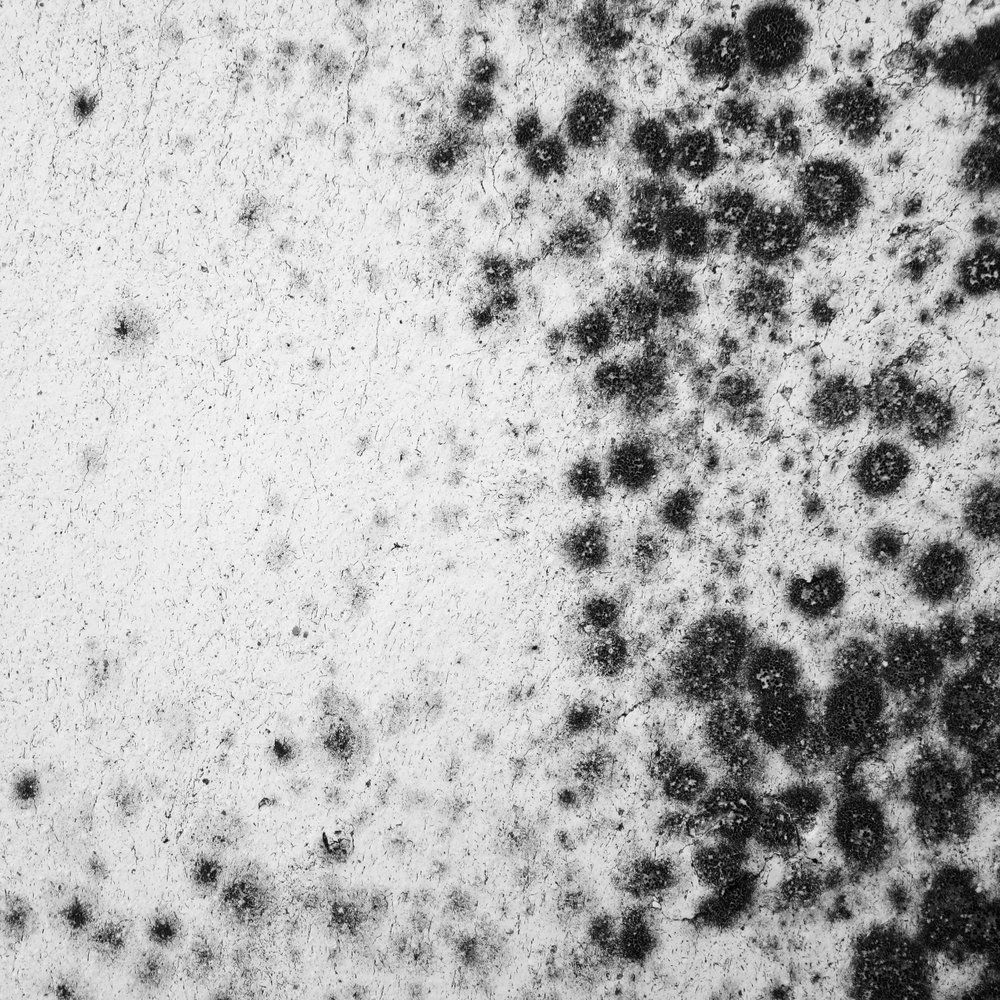
410-881-8854
Do You Have Mold Exposure Symptoms at Work?
Do You Have Mold Exposure Symptoms at Work?
- Ellicott City, MD

In the workplace, mold is not allowed. Working near mold colonies can put people in significant danger. Mold spores are dangerous to workers and should be removed quickly. What to do if your staff shows signs of mold exposure.
What is mold?
Mold, a form of fungus, may be found all over the place. Mold spores degrade decaying organic stuff in the environment, which includes everything from fallen trees to dead leaves. Outdoor mold is critical to the natural environment. Over 100,000 mold species have been detected around the world.
Indoor mold, on the other hand, poses a significant health danger. Mold spores degrade organic materials such as drywall and wood, both of which are commonly used in the workplace. When spores eat wooden structural materials, the building's structural integrity is jeopardized.
Mold infestations can begin, for example, in a drywall corner at work or on paper stored in a wet filing cabinet. Mold need only a constant supply of moisture, organic ingredients, and darkness to survive. Mold flourishes in wet workplace conditions.
Why does mold appear?
For a multitude of reasons, mold can grow in the workplace. Moisture issues are typical in older structures. Some structures are built to be tightly enclosed, which prevents appropriate ventilation and causes moisture buildup. The drywall makes it difficult for moisture to escape.
Roof leaks that are not addressed might potentially cause moisture problems. Uncontrolled humidity, unvented combustion appliances, and postponed maintenance can all contribute to a moist office environment. The continual wetness will add to mold outbreaks if the gutters direct water beneath the structure.
What molds are toxic?
Black mold, also known as Stachybotrys Chartarum, is widely regarded as poisonous; in fact, toxic black mold is a common term for black mold. Black mold, in fact, is no more dangerous than any other color or form of mold.
People who are mold sensitive or allergic to mold, on the other hand, are at risk. Black mold, for example, creates harmful compounds known as mycotoxins. While there is no proof that inhaling black mold spores causes deadly diseases, those with asthma, allergies, or other hypersensitivities are in danger.
What are the symptoms of mold exposure?
Toxic mold syndrome is based on media hype rather than truth, and symptoms include headache, memory loss, weariness, and inability to concentrate. The actual danger emerges when persons who are allergic to mold have negative health effects after being exposed to it.
When asthmatic individuals are exposed to mold on the job, they are more likely to experience an asthma attack. Wheezing, shortness of breath, coughing, and chest tightness are all symptoms of a mold-induced asthma attack.
Employees who have been exposed to mold growth for an extended period of time, as well as those who are allergic to mold, may suffer symptoms. Common symptoms include coughing, postnasal drip, sneezing, itchy eyes, nose, or throat, nasal congestion, and dry, scaly skin.
Do employees have legal recourse after being exposed to mold?
The law requires a healthy workplace. Annual inspections help avoid mold breakouts in the building. Employers must implement workplace safety measures and respond to mold growth issues to lessen the possibility of a mold infestation.
At the first evidence of mold, the employer must undertake a mold inspection to determine the type of mold and the level of growth. A mold remediation strategy might be put in place, and the building could be temporarily closed to allow experienced mold cleanup experts to begin eradication.
The employer is responsible for advising building employees about the danger of mold exposure. The mold outbreak should also be reported to the building owner, who is in charge of commencing mold remediation measures.
Employees who observe black mold splotches or develop mold-related symptoms are encouraged to alert human resources. Employees who become ill as a result of inhaling mold spores may be entitled to workers' compensation.
An employer may be judged negligent if he is aware of a mold problem but does nothing to fix it. When emails or memos from the employer's office indicating the need to conceal the mold problem are discovered, malicious intent may be demonstrated.
If proving negligence is difficult, litigation may be a possibility. You may be able to sue the corporation if the matter is not covered by workers' compensation. A lawsuit is a feasible possibility when a third party fails to remove the mold from the ventilation system.
Mold must be eliminated from the workplace as quickly as possible to preserve the health of employees, visitors, and customers. If you discover any amount of mold growth in your business, contact mold treatment professionals.
Mold removal professionals do more than simply remove mold growth. One of their most effective mold removal and prevention tactics is to repair the moisture source. Mold remediation specialists identify the cause of the moisture problem and repair the mold and water damage.
The spores will be deprived of this critical nutrition if the water source is removed. Specialists will confine the affected area once the water source has been fixed to prevent airborne mold spores from spreading to other parts of the structure. Mold is completely removed utilizing cutting-edge solutions and technology.
The expert professionals of a highly rated mold remediation firm identify not only apparent mold development but also concealed mold growth, such as colonies developing behind walls, beneath carpeting, or beneath wallpaper. Technicians employ cutting-edge technology to find and remove all mold.
Do you have a mold problem in your home? Call Restoration 1 Ellicott City right away!











